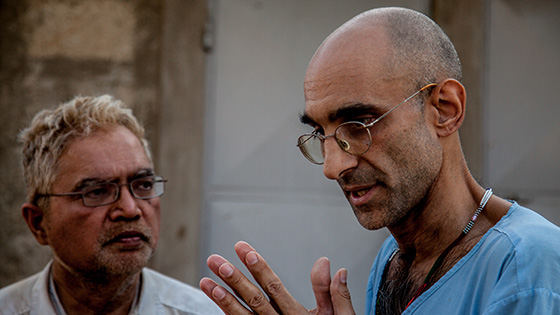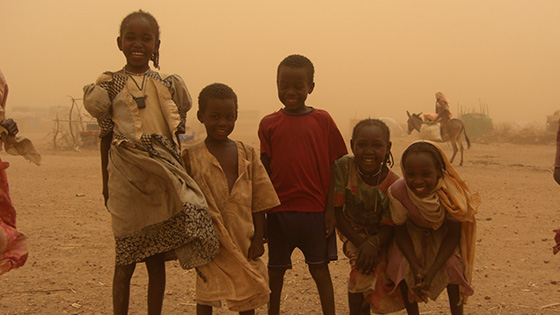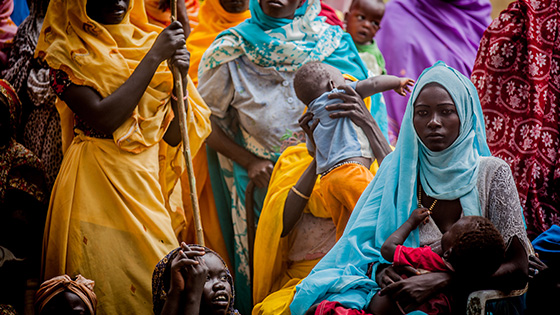What’s happening?
Sudan has long been beset by conflict and the violent oppression of ethnic minorities, a characteristic of the regime since Omar Bashir seized power in a military coup in 1989. A ‘Comprehensive Peace Agreement’ ended the north-south civil war in 2005, paving the way for the independence of the South. It was meant to end war across Sudan. However, it failed to address ethnic cleansing in Darfur, which by then had driven two million people from their homes and killed more than 200,000. The deal also left the Nuba (the people of South Kordofan’s Nuba Mountains) on the north side of the new border, in the hands of a regime that had committed systematic atrocities against them during the 1990s.
Eyewitnesses speak out
The survivors
First-ever public video testimony from eyewitnesses to the participation of senior Sudanese Government figures in mass atrocities in Darfur implicates Ahmad Harun and Ali Kushayb.
The perpetrators
Defectors from the Sudanese Army and Janjaweed militia explain their role in planning and execution of mass atrocities in Darfur, implicating members of the regime at the highest level.
The whistleblower
Ten years on, former UN Sudan chief Dr Mukesh Kapila explains why he blew the whistle in the media on the Darfur crisis in 2004, and considers why the atrocities are continuing today.
Voices from the ground
If you wish to stay up-to-date with developments from Darfur, the Nuba Mountains and other parts of Sudan, the sources provided here offer a useful starting-point (though their listing here does not imply Aegis endorsement of all content / editorial lines). There are of course other sources available.
Keeping Sudan in focus
In 2012, 2013 and 2014, Aegis Special Representative Mukesh Kapila, who has head of the UN in Sudan blew the whistle on the Darfur crisis in 2004, returned to witness and spotlight the ongoing crisis. These three films capture what he found during those visits.




